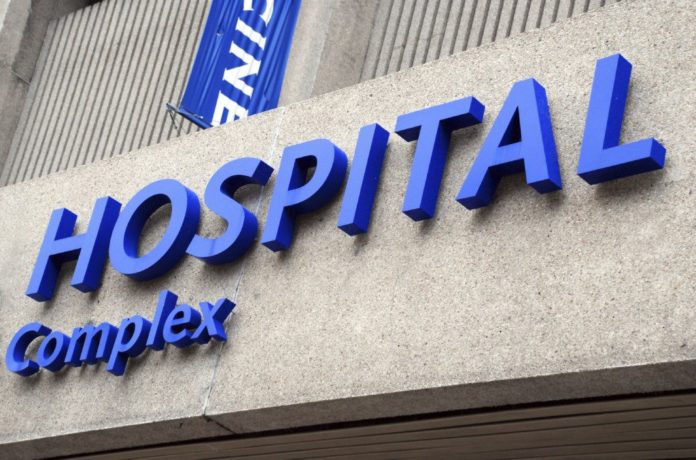Under considerable pressure to demonstrate their worth as the health care system moves to value-based care, skilled nursing providers are monitoring patients more closely — even after discharge.
For some providers, that takes the form of a new nursing role. For others, it’s a more extensive networking endeavor. But the common focus is transitions of care.
A dedicated role
Seniority Inc., a management company based in Addison, Texas with six continuing care retirement communities (CCRCs), hired transitional care registered nurses (RNs) for the facilities in 2016.
The transitional care RN’s entire role is to follow patients after discharge to the home, tracking them for at least 30 days regardless of payor, Misty Miller, vice president of clinical services at Seniority, told Skilled Nursing News.
This can entail a variety of steps, including ensuring the resident has filled their medications, making sure that residents understand how to take those medications, or ensuring that durable medical equipment (DME) or home health services arrives in a timely fashion. The transitional care RNs start seeing the patients when they enter the skilled nursing setting and also attend discharge planning care conferences.
Seniority discharges, per community, approximately 12 to 15 SNF patients monthly, Miller said. All six CCRCs, which have 309 skilled nursing beds between them, saw a decrease in readmission rates to the hospital, with a combined rate of 13% in 2017. There have also been anecdotes of the transitional care nurses being able to intervene for residents in time to prevent hospital readmissions, though there’s no hard data for such preventions, Miller said.
The company is now looking to add to the program by adding a focus on transitions of care from skilled nursing to the hospital. Starting Jan. 1 of this year, the transitional care RNs spend more time with and assess residents in skilled nursing, looking specifically for changes that could cause the residents to be rehospitalized. It also will be implementing a new software program aimed at preventing readmissions.
Staying in touch
Cantex Continuing Care Network, which operates 33 SNFs with 3,917 licensed beds in Texas — along with four home health and two hospice agencies — provides follow-ups to patients for 30 days after discharge. The company makes calls to all patients 24 to 48 hours after discharge and then calling again at a minimum of seven days post-discharge.
Cantex partnered with a third party, Nexus Health Resources, to handle the calls, preventing the need for extra staff and equipment. Cantex did have to develop workflow processes for escalations in patient need and real-time responses to any incidents post-discharge, Cantex director of care coordination Lara Cline explained to SNN.
“Saving one readmission to a facility or capturing one into home health basically paid for the service,” she said, though she declined to discuss specific investment numbers.
The goal is to keep patients who have been discharged from SNF care from returning to the hospital or making an unplanned visit to the emergency room, Cline said.
“Obviously, if we can keep them in the continuum in our own network, we feel that that’s a bonus for us and for our patients,” she said.
Keeping an eye on the care continuum is also a focus at integrated health network Greystone Healthcare Management in Tampa, Fla.. The company provides post-acute care in skilled nursing and both short- and long-term rehabilitation, with a little more than 3,000 skilled nursing patients.
“We have care managers — our external staff that are in the field in the physicians’ offices, in the hospitals, in the long-term acute care hospitals, the acute care rehab centers,” Gregg Clavijo-Hopper, vice president of business development at Greystone, told SNN. “They are doing the screening of the patients that are going to be coming into the post-acute arena.”
Once a patient goes from the acute setting to post-acute, the care managers hand him or her off to transitional care coaches, or coordinators, in Greystone’s SNFs. Most, but not all, of these transitional care workers are nurses who work with the patients, family, or decision-maker to work on planning for the next transition from the SNF.
Using the same technology as Cantex, they follow patients after they arrive home, marking progress at 31 and 91 days in the community. If a patient starts declining, services can be added or a patient can be returned to the post-acute arena, with the goal of avoiding rehospitalization if at all possible, Clavijo-Hopper said.
As a result, he estimated Greystone keeps 10 to 12 patients a month from returning to the hospital.
The program began with Greystone’s involvement with accountable care organizations in the state, which “were really losing their patients in the shuffle” of moving between the hospital and post-acute care, he explained. And with value-based payments looming and hospitals and home health agencies looking for hard data on outcomes, focusing on transitions of care is a good bet for the future, Miller, Cline and Clavijo-Hopper agreed.
But it’s also good for the patients, and they can’t be overlooked.
“The patients now are driving the care more so than ever,” Clavijo-Hopper said. “The patients are much more savvy, and they know that once you start going to the hospital, it becomes a vicious cycle.”
Written by Maggie Flynn
Companies featured in this article:
Cantex Continuing Care Network, Greystone Healthcare Management, Seniority Inc.



